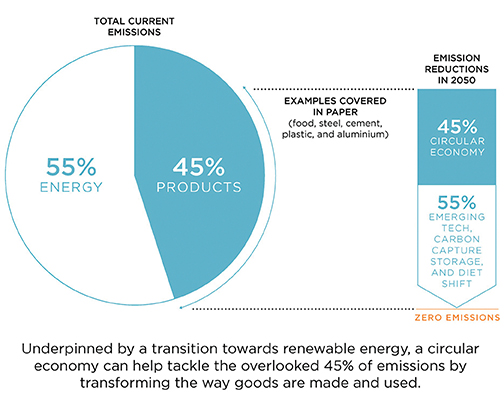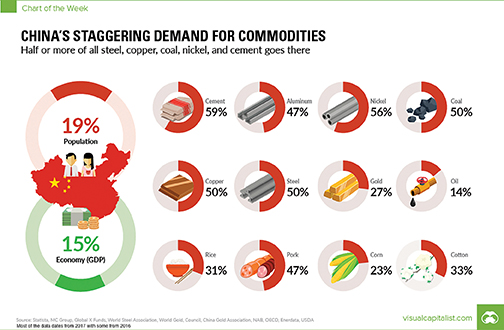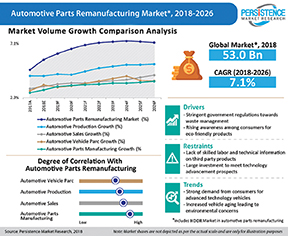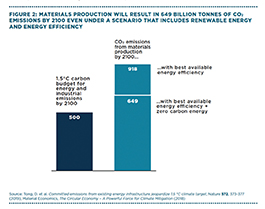How the Circular Economy Reduces GHG Emissions
By Adrienna Zsakay, Circular Economy Asia
GHG emissions has been placed front and centre since the UN hosted COP25 Climate Change conference in Madrid during December 2019. The world heard emissions are not coming down and, in fact, are increasing, a situation not likely to change as world oil and gas companies intend to invest UA$1.4 trillion in extraction locking in the release of an additional 148 gigatons of CO2 from currently underdeveloped reserves by 2050.
With a growing population the demand side projections are driving many businesses to expand and capture potentially large profits from an increasing middle class across emerging markets. As some of these same businesses now seek to focus on their emissions as part of their sustainability targets, they may be missing the critical 45% that can be achieved by embracing circular systems.

Circular economy strategies can reduce emissions by up to 45% in just four industrial materials: cement, plastic, steel and aluminium including food. The argument to embrace the circular economy just gets stronger as the statistics have been incontestable for years.
Approximately 40% of global materials are used for construction. In the European Union (EU), current construction and demolition (C&D) waste accounts for approximately 25-30% of the total waste generated and consists of numerous materials, including concrete, bricks, gypsum, tiles, ceramics, wood, glass, metals, plastic, solvents, asbestos and excavated soil, many of which can be recycled. Rubble produced during the construction and demolition of buildings, which accounts for 26% of the total non-industrial solid waste produced in the United States and 12% of total waste in Europe, includes many recyclable materials from steel to wood to concrete.

The world is producing more than 400 million tonnes of single use plastics annually, of which 16% is manufactured for the built environment. With great dependency on virgin materials, the building sector has been challenged by resource scarcity. Global steel demand is projected to increase annually by 1.1% through to 2030, driven by the demand of emerging economies. For concrete, while the raw materials are generally abundant and found locally worldwide, some materials such as natural sand and lime stone has seen a dramatic decline and local scarcity. For unbound applications, as well as concrete, the world will need to use 30 billion tonnes of sand each year, equivalent to nearly four tonnes per person. The majority of this sand is extracted from river and coastal areas, which can decimate local coastlines where human settlements are located.

The circular economy can turn this around and drive economic development in a truly sustainable model. Transitioning to renewable energy is just not enough to reduce GHG emissions and establish a sustainable world.

In addition circular design, the concept of keeping materials circulating in the economy for as long as possible can significantly reduce resource and energy wastage so products become economical to repair, remanufacture, reuse or reprocess.
In future articles we’ll be explaining the practical steps companies can take to achieve these GHG saving – so stay tuned.
References:
- Scaling the Circular Built Environment: Pathways for business and government’ by Circle Economy and World Business Council for Sustainable Development.
- Image: Top image and Figure 2: Materials Production Will Result in 649 Billion Tonnes Of CO2 Emissions by 2100 Even Under a Scenario that Includes Renewable Energy and Energy Efficiency’, taken from Completing the Picture: How the Circular Economy Tackles Climate Change, Ellen Macarthur Foundation and Material Economics, September 2019.
Adrienna Zsakay